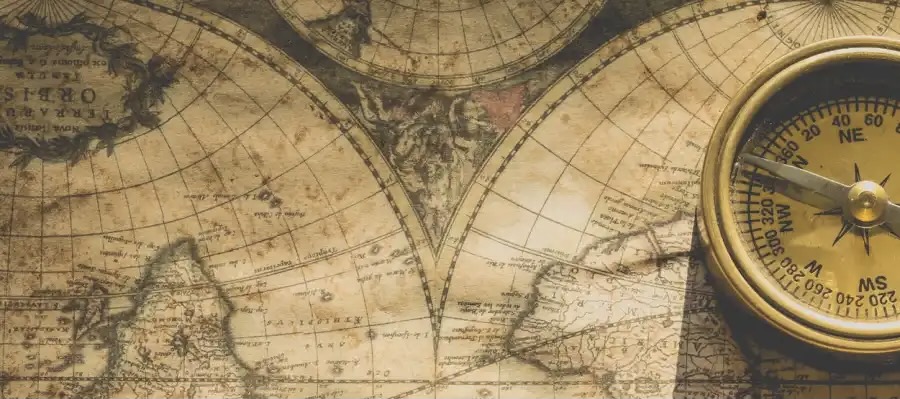The National Museum of Ireland – Archeology has an amazing collection of over 2 million artifacts, they allow photography, and it’s free. What more could a history nerd ask for? This is an outstanding museum, in a beautiful facility with good explanations and well presented displays. The museum is closed on Mondays but fortunately for us, we were there on Sunday when they are open from 2-5.
I was especially interested in the Clontarf 1014 exhibit about Brian Boru and the Battle for Dublin because our son, Brian, is named for the high king and we were staying at the Clontarf Castle. For more on that, read my earlier post here. The exhibit debunked the legendary version of the Battle at Clontarf with well-researched and compelling information. While no archeological evidence from the battle has yet been found and there are no first hand accounts, a number of secondary sources prove the battle was for economic domination of Dublin and not to expel the Vikings from Ireland. Nevertheless, Brian Boru is still regarded as the high king who united Ireland and remains a hero today.
After exploring the Clontarf exhibit, I moved on to see what else this museum had to offer. First of all, as I said before, it’s a beautiful facility. Built in the Victorian Palladian style with neo-classical influences, the museum opened its doors in 1890. Note on the photo below the intricately decorated cast iron columns supporting the balcony above.
 Then on the next photo, notice the beautiful mosaic tile floor. To me, the facility is a noteworthy exhibit, in and of itself.
Then on the next photo, notice the beautiful mosaic tile floor. To me, the facility is a noteworthy exhibit, in and of itself.
Even the ceiling is impressive.
The exhibits are far more ancient, however, than the building. In fact, the Archeology Museum is the repository for all archeological objects found in Ireland dating from prehistoric times through the end of the medieval period. Following are a few of my favorites just to whet your appetite.
The goldwork exhibit spanning 2200 BC to 500 BC is one of the most extensive and impressive in Europe. These gold collars from the Bronze Age are called lunulae. 
The 4500 year old Lurgan Logboat was discovered in 1901 in County Galway. Over 45 feet long, it is the largest artifact on display in the museum. For more information on the fascinating discovery and its transport to the museum check out this article.
The bog bodies were fascinating to me. Found in peat bogs, they have been remarkably well-preserved because of the unique conditions that existed within the bog. As I understand it, acidic conditions and a lack of oxygen within the cold watery environment prevented the microorganisms that cause decay from growing and thus, the bodies were preserved and very dark in color. (My simple version of complex science.) In Ireland, around one hundred bog bodies have been discovered with the earliest discovery in 1780. Today, because peat cutting is mechanized, discoveries are rare but in 2011, Cashel Man was discovered in County Laois, Ireland. (My husband’s people are from County Laois so I like to think he might be a relative.) Cashel Man is the oldest bog body found in Ireland and was radiocarbon dated to around 2000 BC. He is not on display at the museum but you can view several Iron Age bog bodies dating from as old as 400 BC. Current theory holds that the Iron Age bog bodies were ritually sacrificed and placed in the bogs along tribal boundaries.
Early Christian artifacts include reliquaries which are containers that hold relics, believed to bring good fortune to the owner, and crucifixes and crosses. 

This is just a fraction of the exhibits you’ll find at the National Museum of Ireland. If you visit Dublin, stop into my number 1 pick for some Irish history. I think you’ll be glad you did.
References:
Based on events from Aril, 2015









Love the sound of this museum – have never been so it is definitely one for “the list.” So beautiful inside as well.
What an interesting post! The bog bodies are amazing. But I kind of wish I wasn’t eating dinner while I read this…….
Pingback: Ireland Beyond the Pale | All Things Travel